February 8th, 2019

Salty Sam’s Fun Blog for Children
Number 208
Kew Gardens
Hello Everyone
Welcome to the fourth anniversary of my blog!!!
And this week l am going to tell you about one of my favourite places.
ln the far west of London is a famous garden. lt is called Kew Gardens and it has a world-renowned collection of plants, some of which are housed in enormous glass houses.
Nowadays, it is open to the public, but at one time it was the playground of the royal family.
George lll lived in a palace in the grounds called White House Palace. The gardens were supposed to be like an English version of Versailles.
The White House was built by William Kent and was taken over by George lll in approximately 1780.
The palace is no longer there, but you can still visit the Dutch House which was the nursery for George’s 15 children. lt looks like a big house today but they thought it was a bit cramped at the time. The daughters had to hang their dresses up on the back of some of the doors because they didn’t have enough room in their cupboards.
The orangery is still there as well, to the west of where the house once stood, and the kitchens to the east. ln this block of kitchens, meals of up to eighteen courses would be prepared and whisked down an underground tunnel to the house. Meat would be cooked on huge spits in the great hearth and vegetables would be cooked in steaming pans in another kitchen.
An orangery was a glass house where orange trees could be grown.
They were very fashionable at the time. Orange trees cannot stand the very cold periods of an English winter and need to be protected, and this was done by keeping them inside.
ln his time, George lll was known as Farmer George because he took a huge interest in the welfare of the farmers in his kingdom. He also had a passion for breeding sheep at Kew. When some kangaroos were imported from Australia and put in the grounds too, they bred so well that he had to try and find other homes for some of them. He gave them away to his aristocratic friends so that they could have them on their estates too.
Kangaroos obviously did better in the English climate than orange trees!
Unfortunately, George became very ill in later life. He had a blood disease called porphyria. This is not an illness that can be caught; it is inherited and very rare.
At the time, doctors did not understand the illness properly and everyone thought the king was mad. He had ‘attacks’ at times and would behave in a strange way. Sometimes he would go into the garden and talk to the trees.
The gardens were very large and people at the time loved walking in them. There were many follies built in the gardens in different styles of architecture from around the world. You could be walking along and happen upon a Greek-style temple or a Japanese-style tower.
George hoped that the simple life in this place would mean that his children would grow up to live a healthy life away from the royal court, but his plan didn’t work, as his sons grew up to like drinking and partying too much.
The palace became old and rickety and had to be demolished because it was too expensive to look after.
ln Victorian Times, keeping plants in glass houses was still popular and this is when the enormous glass houses that we see today were built. lnside there are tall trees that have grown up to the roof.
The Palm House by the lake is very warm and humid inside.
The Temperate House, the largest Victorian glasshouse in the world, was opened in 1863 then reopened in May 2018 after a five-year, £41,000,000 renovation in which 15,000 panes of glass were replaced.
Each part of the structure was checked and restored to make sure they were all sturdy and safe. Over 5,000 litres of paint were used to make the house gleaming white again.
Then the job of filling it with 10,000 plants could begin. The specimens are the kind of plants that live in temperate climates and would not do well through a British winter. There even plants there that are so rare that there are only a few of them left in the wild.
All the glass houses at Kew Gardens were built to display specimens from all over the world and shelter them from the worst of the British climate.
And with 1,000 tones of compost, 30,000 plants and covering about an acre, Kew now has another claim to fame – the biggest herbaceous border in the world.
The huge botanical collection at Kew helps the scientists there study plants so that they can be saved for future generations.
There are many things for members of the public to see in the gardens and you will need all day to see them all!
Bye bye everyone – don’t forget to subscribe to my blog!
lf you like my blog, please support it by telling all your friends and followers about it.
Thank you!
And see you again next Fun Friday!
Love and kisses
Salty Sam
www.christina-sinclair.com
Bill and Bob’s Joke of the Week

Bob: How many gardeners does it take to change a light bulb?
Bill: l don’t know. How many gardeners does it take to change a light bulb?
Bob: Well it depends. They will only change bulbs when it is the right season.
Salty Sam © Christina Sinclair 2015
Unauthorized use and/or duplication of material from this blog without express and written permission from this blog’s author and owner is strictly prohibited.
Links may be used to www.christina-sinclair.com
Picture Gallery
George III
A map of Kew Gardens
The lake by Victoria Gate
The Palm House and the lake
One of the statues outside the Palm House
The Black Bull of Clarence
The beast descended to the Queen through Edward IV
Also borne by Richard III and all the Sovereigns of the Houses of Lancaster and Tudor
There is an upper level that you can visit in order to look down onto the plants
The plants reach up to the roof
An irrigation system keeps the plants watered and the air humid
Bermuda palmetto
A golden cane palm
Zingiber spectabile
Heliconia rostrata
Princess of Wales Conservatory
Princess of Wales Conservatory
Princess of Wales Conservatory
The Princess of Wales Conservatory
has desert plants
The tropical section is misted to keep it humid
The Princess of Wales Conservatory
This old tree needs help to stay up
A Japanese pagoda tree
This Japanese pagoda tree was planted around 1760
and is one of the few remaining trees from the original nine acre botanic garden
The Hive – An art installation that represents a honey bee hive
The Orangery is now a restaurant
Nash Conservatory
Kew Palace
Kew Palace
George III
Kew Palace
The dining room – Kew Palace
The harpsichord belonged to Handel and was played by George III
The gardens at the back of Kew Palace
Kew Palace
Kew Palace
Kew Palace
Kew Palace
The kitchens at Kew Palace
The kitchen gardens at Kew Gardens
The kitchen office at Kew Gardens
The kitchens at Kew Gardens
The kitchens at Kew Gardens
The rockery
The lake in the centre of Kew Gardens
The lake in the centre of Kew Gardens
The lake in the centre of Kew Gardens
Queen Charlotte’s Cottage was a place for rest when walking in the gardens
The back of Queen Charlotte’s Cottage
Inside the cottage
The upstairs room in the cottage
Queen Charlotte’s Cottage Grounds
Conifers at Kew
Conifers at Kew
The Japanese Garden
The Japanese Gateway
The Pagoda at Kew Gardens
The Pagoda at Kew Gardens
An ornamental tree
An ornamental tree
A bear in the woods Kew Gardens
 THE SALTY SAM NEWS DESK
THE SALTY SAM NEWS DESK
Have you ever heard of micro salads?
Bill and Bob decided to grow some this week.
They are itching to get out in the garden and it is too early for them to start working in their vegetable patch, so they decided to have a go at growing micro salads in the meantime.
Micro salads can have a very strong taste for little plants and not only do micro salads have a huge range of tastes, but colours as well.
Bill and Bob had to do some research first to find out more about micro salads before they could get started.
This is what they found out.
Micro salads are crops of tiny leaves that anyone can grow in a small space – even somewhere like a kitchen window sill. You have to make sure that your crop will be in the warm and in sunshine for at least part of the day.
Basically, micro salads are seedlings which are harvested before they grow into large plants. The seedlings come from the same seeds that you would use to grow full-sized vegetables, herbs and salads.
You can use small seed trays or make your own out of the plastic trays you buy mushrooms and fruit in from the supermarket and fill them with seed compost.
Then press the compost down with a small flat board of some kind to compact the compost.
Make sure the seed tray has holes in the bottom – and put a tray without holes underneath to stop water going everywhere.
You can also grow micro salads in eggshells just like you do with cress. You can draw faces on the egg shells and watch your egg people grow green hair!
Again, you mustn’t forget to have a tray underneath to catch all the water so it doesn’t run everywhere.
You can grow lettuce, beetroot, kale, cabbage, carrots, peas, cauliflower and radish and also herbs like parsley, dill, coriander and basil.
You have to sprinkle your seeds onto the compost quite thickly and then cover with a very thin layer of compost.
Gently water your seeds and keep the compost moist at all times. This means it should never dry out completely or be soaking wet for long periods of time.
In this way, any child can have a vegetable garden even if they do not have an outside space.
You can sow your seeds outside as well if you like, but this can only be done in the growing season from spring onwards.
Micro salads can be harvested after about 2-3 weeks after sowing.
You should cut the plants as low down as possible with sharp scissors – and only take what you need because they will not grow back like cut-and-come-again lettuce.
They are nice to use sprinkled on salads or in sandwiches.
Bill and Bob can’t wait to get started.
*********************
TO ADVERTISE ON THIS BLOG
PLEASE CONTACT:
christina.sinclair.ads@aol.co.uk
*********************
Quick Quiz
Fill in the gaps to find things in Kew Gardens…
1. G_a_s_o_s_s
2. P_t_w_y_
3. F_o_e_s b_d_
4. G_a_s l_w_s
5. P_l_ h_u_e_
6. F_u_t_i_s
lt’s the Weekend!
HOW TO MAKE A KNlTTED SNAlL
Children love them and gardeners hate them.
This snail is very cute. Everyone will love him.
SNAIL SHELL (KNIT ONE)
Using 4mm knitting needles and white dk yarn cast on 16 stitches
Knit 2 rows of stocking stitch
Change to red dk yarn
Knit 4 rows of stocking stitch
Repeat the last 6 stitches 12 times
Cast off
SNAIL BODY (KNIT ONE)
Using 4mm knitting needles and white dk yarn cast on 16 stitches
Knit 40 rows of stocking stitch
Don’t cast off – leave a length of yarn for sewing up and thread this through the stitches on your needles
TO MAKE UP
- Sew the long seam of the shell and wind it up tightly with the wrong side of the knitting on the outside and the seam tucked into the middle of the shell and then stitch along the end of the shell
- Sew the long seam of the body with right sides together and pull the tail in tightly
- Turn the body the right side out and stuff the top part of the body only
- Sew along the top of the head
- Sew the shell to the body
- Push the top of the head in and keep the shape with a couple of stitches
- Sew a face onto the front of the face
- *You can sew beads on for eyes but don’t use tiny parts than can be bitten off if a toy is given to a small child because they may become a choking hazard.
Please note that the material on this blog is for personal use and for use in classrooms only.
It is a copyright infringement and, therefore, illegal under international law to sell items made with these patterns.
Use of the toys and projects is at your own risk.
©Christina Sinclair Designs 2015
Quick Quiz Answers
1. Glasshouses
2. Pathways
3. Flowers beds
4. Grass lawns
5. Palm houses
6. Fountains















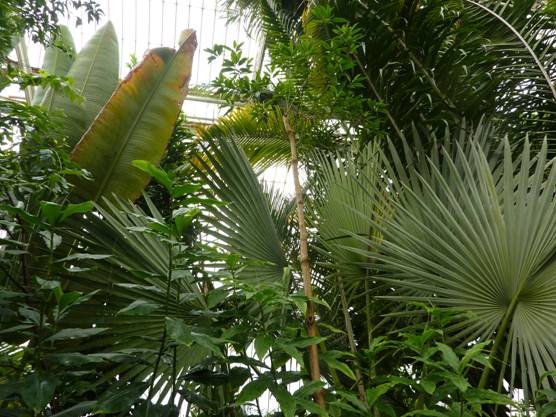

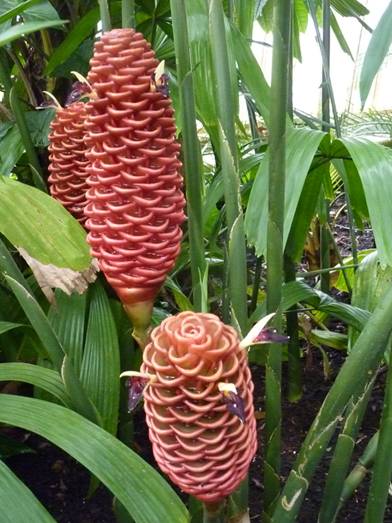
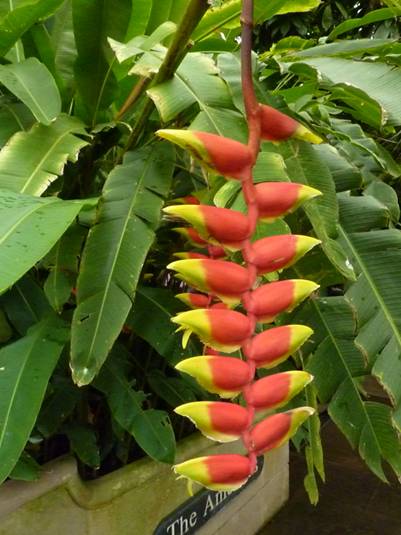

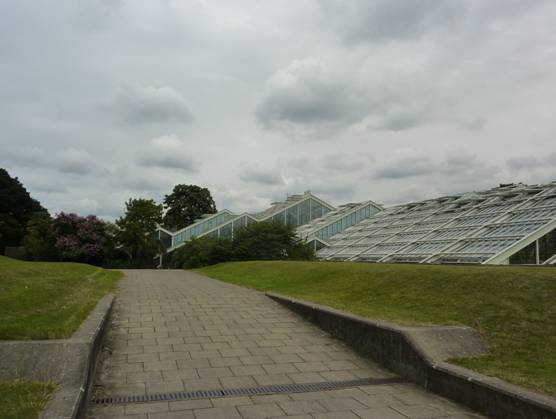
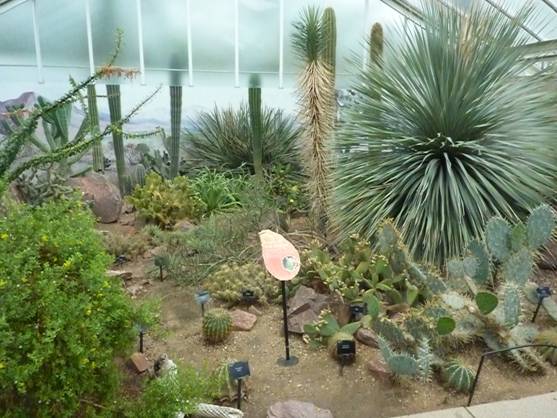
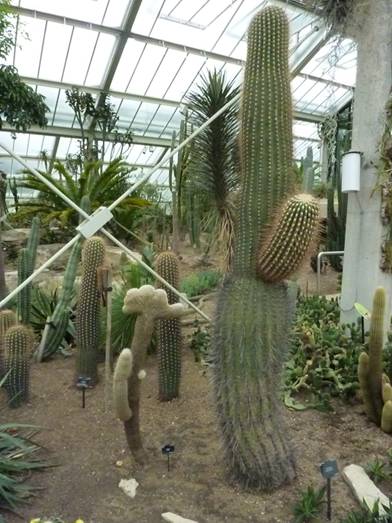











































 THE SALTY SAM NEWS DESK
THE SALTY SAM NEWS DESK





















Hello. I wanted to ask thing is this a wordpress internet site as we are preparing to be shifting more than to WP. Furthermore did you make this template yourself? Thanks.
The answers to your questions are yes and yes. 🙂